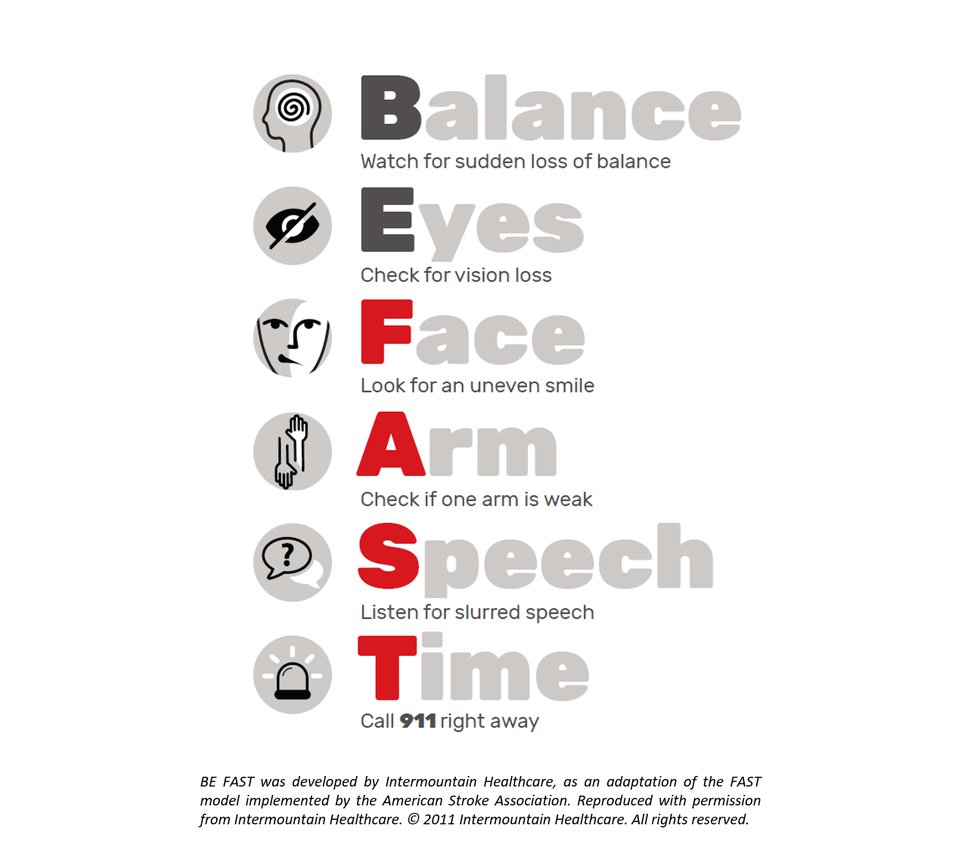Biology teacher instructs his students about stroke from personal experience.

Image courtesy of Intermountain Healthcare
On Valentine’s Day 2019, Midlothian biology teacher Anthony Palombella, 57, began to experience double vision. His co-workers insisted they take him to the ER. “They saved my life,” he says.
A CT-scan revealed he was having a stroke. Soon after, “I realized my speech was beginning to slur, and I completely lost the ability to use the left half of my body.”
He was out of school for three weeks and underwent rehabilitation; he is now fully recovered. While transitioning back to work, he began giving his students online assignments. One was to create an infographic about identifying the signs of a stroke, directing them to websites like StrokeAwareness.com. While the assignment dovetailed with their anatomy and physiology curriculum, he also wanted them to realize, “It’s not just an academic topic but something that they can be on the watch for,” he says, “whether it’s a family member or a classmate or a teacher or anybody.”
In addition to being familiar with the signs of stroke, he offers this advice: “Time is absolutely of the essence. The quicker you call 911, the quicker you get treatment, and the more likely you’re going to have a good outcome like I did.”
To learn more about strokes and how to recognize all 10 symptoms, visit StrokeAwareness.com.
This article originally appeared in our December 2019 issue.








